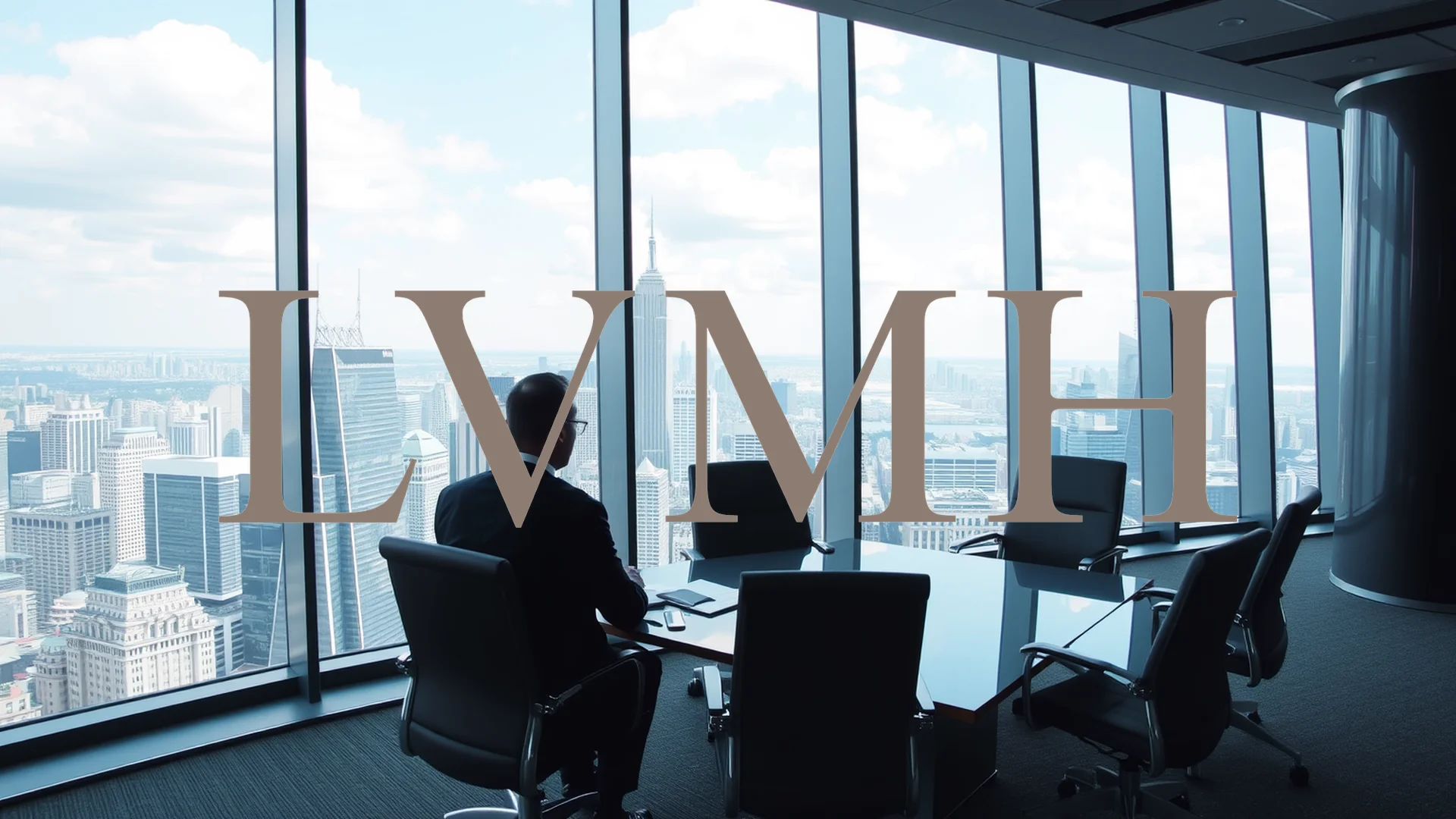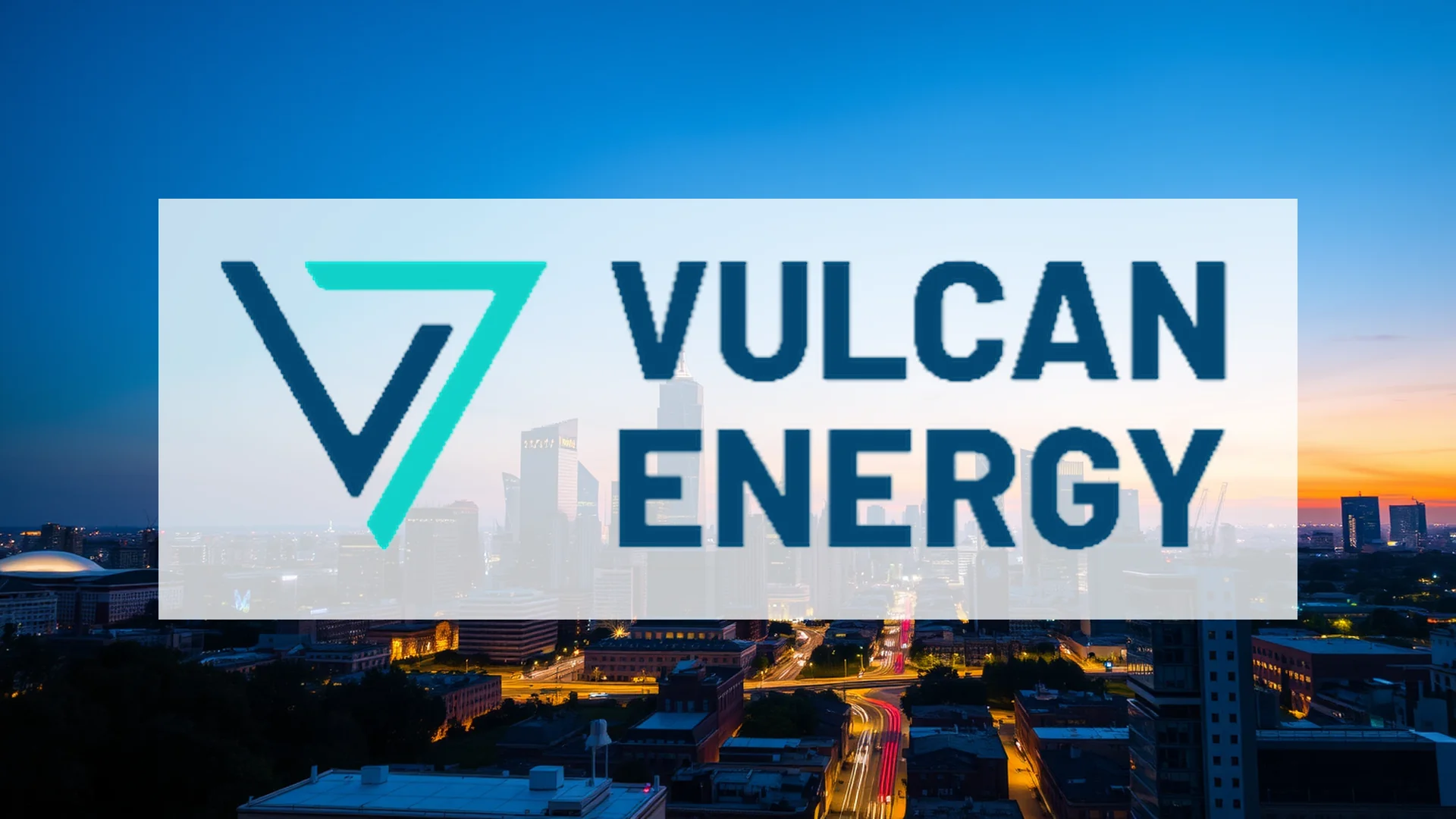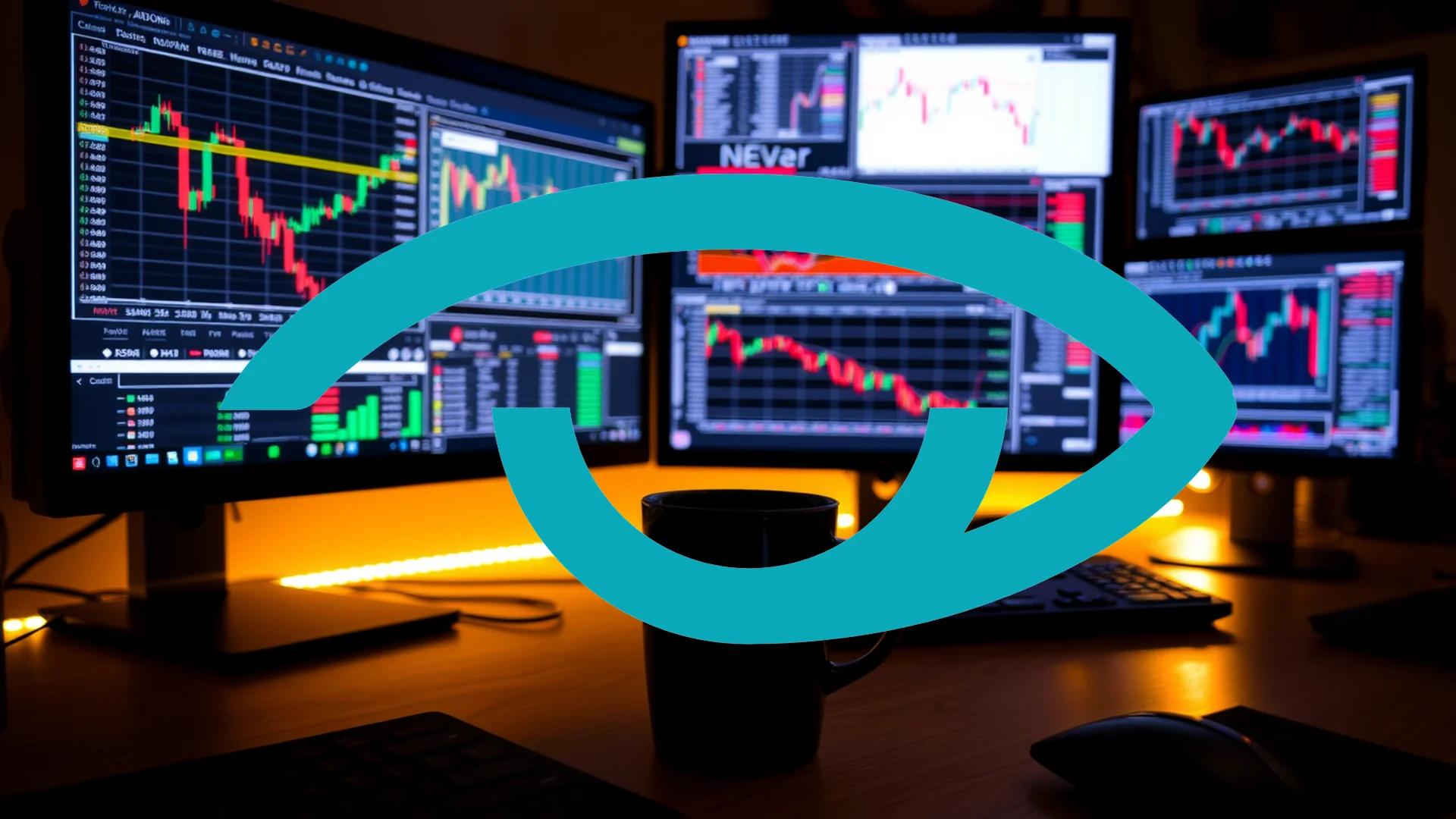Hyliion Holdings Corp. is showing signs of a potential resurgence, buoyed by a series of recent strategic developments. A key executive appointment, a significant regulatory milestone, and a shift in analyst sentiment are combining to create a more favorable backdrop for the clean energy technology company.
Regulatory Pathway Cleared for Key Technology
Earlier this week, Hyliion announced a crucial regulatory achievement. The U.S. Environmental Protection Agency (EPA) has confirmed the approval pathway for the company’s KARNO power module. This clarity substantially de-risks the commercialization process for the technology, which is designed to provide efficient, low-emission energy for data centers, commercial facilities, and microgrids. Furthermore, the unit qualifies for a 30% investment tax credit under the provisions of the Inflation Reduction Act, an incentive expected to accelerate its U.S. market adoption, particularly for projects starting in 2026.
Operational Expertise Brought Onboard to Scale Production
Supporting its commercialization goals, Hyliion has strengthened its leadership team. The company appointed Darrell Preble as its new Vice President of Operations this Wednesday. An industry veteran with prior experience at Cummins and Husky Technologies, Preble is tasked with a critical mission: scaling the production infrastructure for the KARNO generator. Chief Executive Officer Thomas Healy emphasized that enhanced operational capabilities are vital for successfully launching this fuel-agnostic power generation solution.
Cautious Optimism Emerges on Wall Street
These positive steps have not gone unnoticed by the analyst community. Over the weekend, Wall Street Zen upgraded its rating on Hyliion shares from “Sell” to “Hold.” This move follows a similar upgrade from Zacks Research in August, which shifted its recommendation from “Strong Sell” to “Hold.” While the overall analyst consensus remains guarded, the trend is clearly turning more positive.
Should investors sell immediately? Or is it worth buying Hyliion Holdings?
Underlying Financial Challenges Persist
Despite these encouraging signals, the company continues to face significant headwinds. Hyliion’s second-quarter 2025 results, released in August, presented a mixed picture. The company reported an earnings per share (EPS) loss of $0.08, which was slightly better than the anticipated loss of $0.09. However, it narrowly missed revenue expectations, posting $1.5 million against forecasts of $1.55 million. More concerning was the downward revision of its full-year revenue guidance, which was cut from a range of $10-15 million to $5-10 million. This reduction was attributed to the delayed full-scale commercial launch of its products, now scheduled for 2026.
Insider Activity Sends Mixed Messages
Trading activity among company insiders provides additional context. On August 21, Director Richard Joseph Freeland increased his stake by 65,000 shares at an average price of $1.57. Other transactions observed in early September were identified as tax-related sales of Restricted Stock Units.
The confluence of new operational leadership, regulatory clarity, and a modestly improving analyst outlook suggests Hyliion is intensely focused on executing its revised 2026 commercialization strategy. Whether these developments are enough to build lasting momentum, however, depends entirely on the company’s ability to deliver on its updated timelines.
Ad
Hyliion Holdings Stock: Buy or Sell?! New Hyliion Holdings Analysis from December 22 delivers the answer:
The latest Hyliion Holdings figures speak for themselves: Urgent action needed for Hyliion Holdings investors. Is it worth buying or should you sell? Find out what to do now in the current free analysis from December 22.
Hyliion Holdings: Buy or sell? Read more here...










